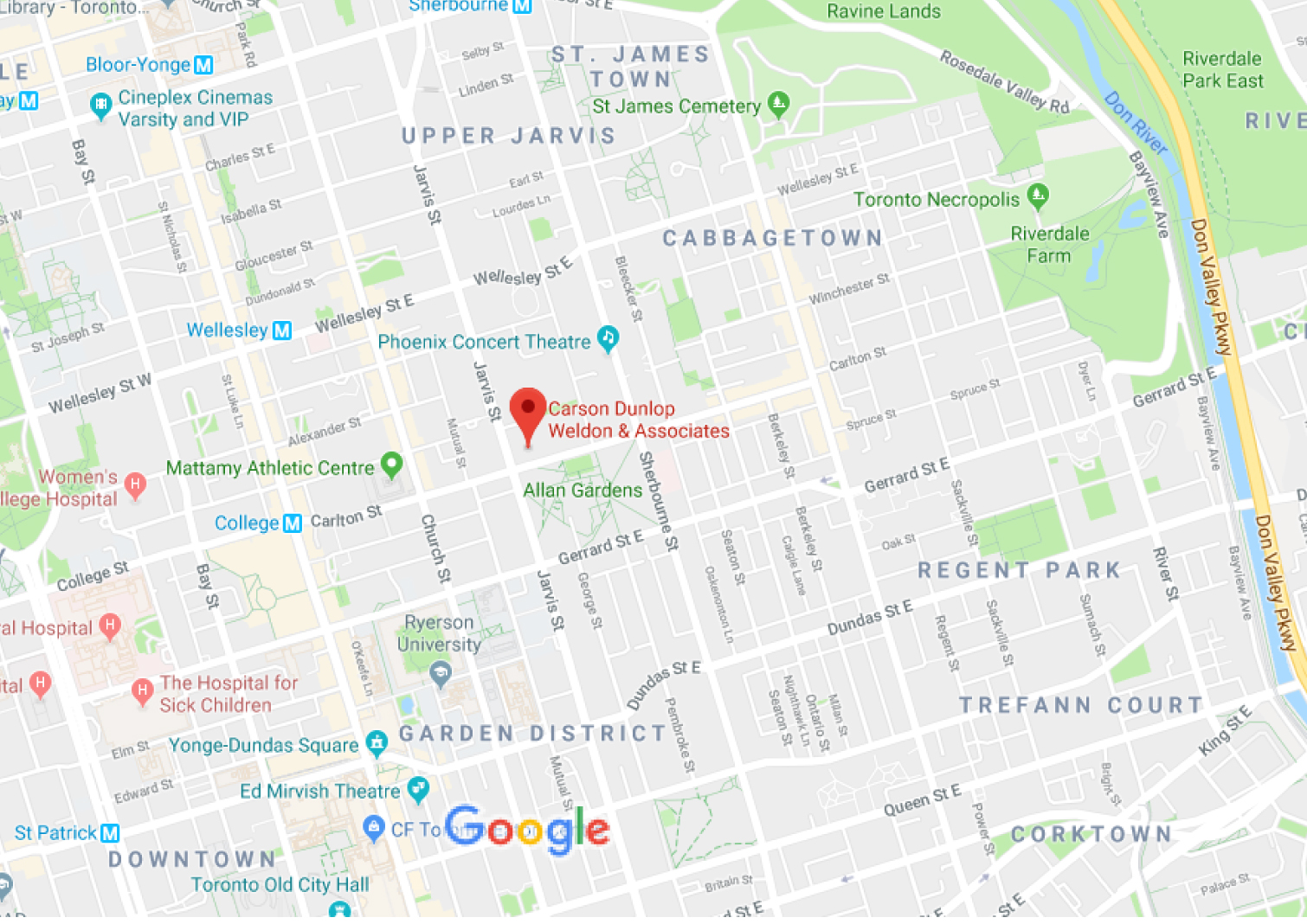Ice Damming In Cold Climates
Ice damming occurs when snow and ice collect, often at the eaves. Melting snow on the upper portion of the roof, warmed by the attic, cannot drain properly as it is trapped behind the still-frozen dam at the cold eaves. If the dam is large enough, water will back up under the shingles and leak into the eaves, exterior walls or building interior.
Some roofs are more prone to ice damming problems than others. Ice dams are most common on low slope roofs or roofs that change from a high slope to a low slope. The largest dams tend to form over unheated areas, such as eaves, porches, and attached garages. Ice dams are also common above party walls in attached houses.
Ice damming problems do not necessarily occur every winter. They normally occur after periods of heavy snowfall when daytime temperatures are at or slightly above freezing while nighttime temperatures are below freezing.
 |
 |
SOLUTIONS – Effective solutions to ice damming problems are increased attic insulation and ventilation. These two measures reduce the attic temperature so snow over the heated portions of the house does not melt so quickly.
Heat may also leak into the attic through openings in the attic floor. Pot lights, exhaust fans, plumbing stacks, chimneys and attic access hatches can allow heated air into the attic unless they are well sealed. This is a key element in controlling ice dams.
Heating ducts in the attic should also be well sealed and insulated to avoid warming the attic and melting the snow above.
<< Back to Inside the HRB

